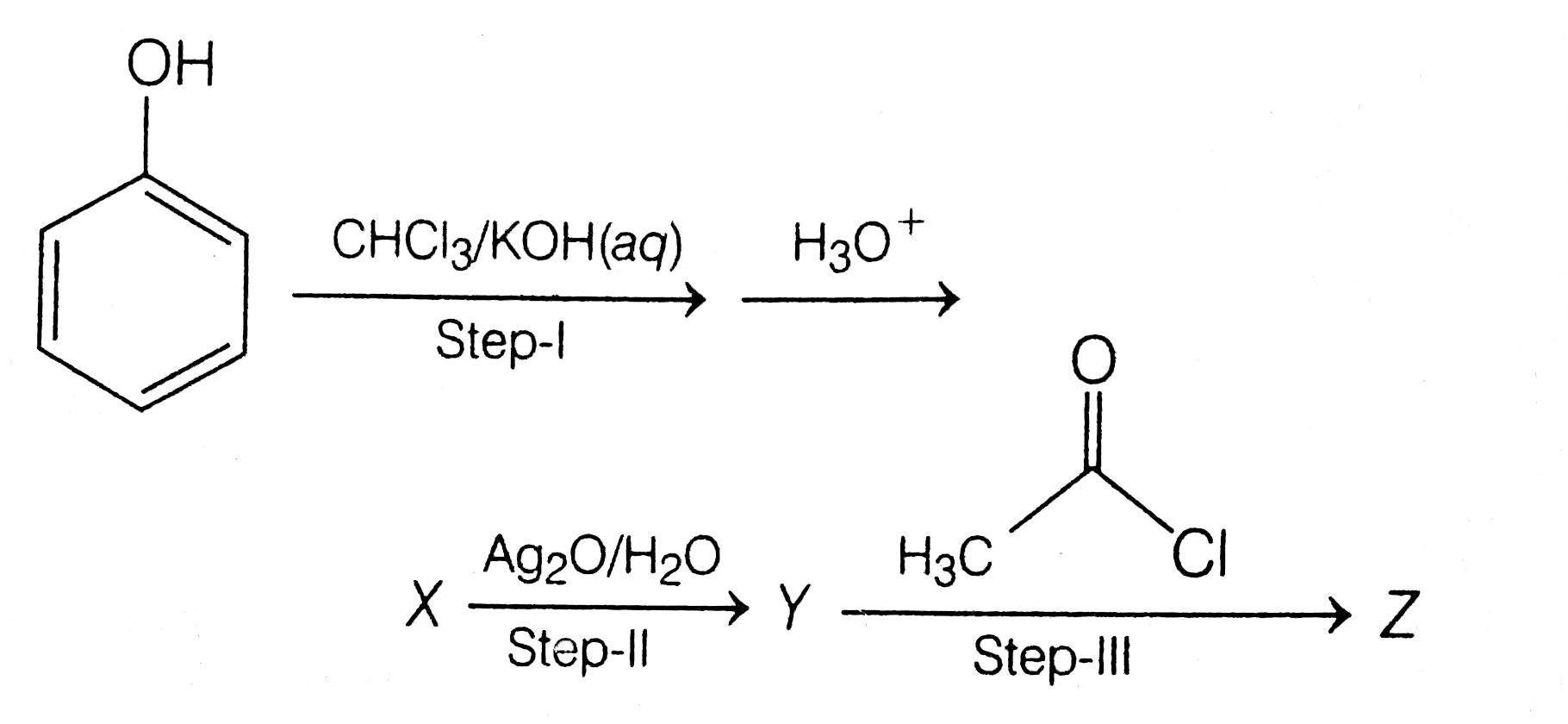
For the above reaction the corresponding intermediates are
A

B

C

D
All of the above
Text Solution
Cl2hv−−→Cl++Cl+

Although both (I) and (II) are 1∘ free radicals but (II) is more stable (thermodynamically) as sigma bond is formed by the breakage of weaker π bond.
|
Topper's Solved these Questions
- ALKYL AND ARYL HALIDESBOOK - FIITJEECHAPTER - ALKYL AND ARYL HALIDESEXERCISE - EXERCISE -1
1 Video
- ALKYL AND ARYL HALIDESBOOK - FIITJEECHAPTER - ALKYL AND ARYL HALIDESEXERCISE - EXERCISE -2
1 Video
- ALKYL AND ARYL HALIDESBOOK - FIITJEECHAPTER - ALKYL AND ARYL HALIDESEXERCISE - SOLVED PROBLEMS [SUBJECTIVE]
17 Videos
- ALDEHYDES AND KETONES BOOK - FIITJEECHAPTER - ALDEHYDES AND KETONES EXERCISE - MATCHING LIST QUESTIONS
2 Videos
- ATOMIC STRUCTUREBOOK - FIITJEECHAPTER - ATOMIC STRUCTUREEXERCISE - NUMERICAL BASED QUESTIONS INDICATED BY DIGITAL INTEGER BY XXXXX.XX
2 Videos
Similar Questions
Knowledge Check

In above reaction, the type of intermediates formed areAR−O∣∣C−N∣H−BrBR−N=C=OCR−NH2DAll of theseIn the avove reaction the intermediate species are :
 AC6H5O−and,CCI2BC6H5O−and:CH2CC6H5O−andCCl3DC6H5O−and:CCI3
AC6H5O−and,CCI2BC6H5O−and:CH2CC6H5O−andCCl3DC6H5O−and:CCI3In the avove reaction the intermediate species are :
 AC6H5O−and,CCI2BC6H5O−and:CH2CC6H5O−andCCl3DC6H5O−and:CCI3
AC6H5O−and,CCI2BC6H5O−and:CH2CC6H5O−andCCl3DC6H5O−and:CCI3
Consider the following reaction
 The reactive intermediate invovled in this reaction is
The reactive intermediate invovled in this reaction is
View SolutionConsider the following reaction
 The reactive intermediate invovled in this reaction is
The reactive intermediate invovled in this reaction is
View SolutionConsider the following reaction to answer the next three
questions:
In the above reaction. The reactive intermediate formed in
the first step(step-i) is
View SolutionIn the reaction
 the intermediate (s) is/are
the intermediate (s) is/are
View SolutionIn the reaction
 the intermediate(s) is/are:
the intermediate(s) is/are:
View Solution

